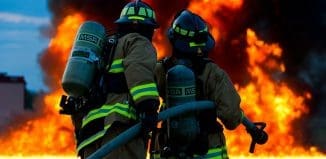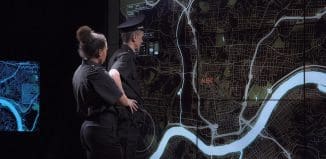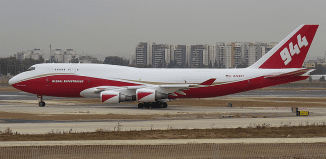Phones Track Firefighters When the Heat is On
This post is also available in:  עברית (Hebrew)
עברית (Hebrew)

In the midst of a blaze, firefighters rely on teamwork to tackle the flames, save lives and get out safely. But getting a clear view of what happened can be difficult. To help, researchers have devised a system that uses smartphones to record how firefighters perform when the heat is on, allowing them to see where improvements could be made.
Firefighters’ vital signs – including pulse and breathing rates – have been recorded before. But because satellite positioning signals can’t reach inside buildings, data on how well teams function once inside a burning house is hard to come by. To bridge that gap, Sebastian Feese and colleagues at the Swiss Federal Institute of Technology in Zurich turned to Sony’s Xperia Active smartphone.
According to New Scientist the phone, which runs the Android operating system, offers two useful capabilities. First, it has a built-in barometer that can be used to calculate the phone’s height above sea level and so identify the floor of a building a firefighter is on. Second, the phone uses a wireless format called ANT to connect to other phones less than 20 metres away, giving a measure of team members’ proximity to one another. It can also wirelessly connect to fitness devices like heart monitors and pedometers. Connectivity is very quick – less than a second, far faster than Bluetooth – making it much more useful in a fast-moving emergency.
iHLS – Israel Homeland Security

When a team returns from a call, the information on the phones is loaded into a software package Feese and colleagues developed to visualise the firefighters’ activities during a blaze. The system was tested on 71 firefighters in Zurich airport’s fire department – which provides the airport and part of the city with fire cover – as they went out on 76 calls.
The software produced a series of traces showing the firefighters’ proximity to each other, which floor they were all on and how fast they were moving – giving a unique insight into the way they coordinated the mission. “You can see when they are clearly rescuing people and trying to locate the fire in bouts of high motion intensity,” says Feese. He presented the work at the Ubicomp conference in Zurich.
“We can really see how missions evolved,” says Pascal Eichmann, an instructor at Zurich’s fire service. “It’s a great tool for post-incident briefing and training feedback.”






























